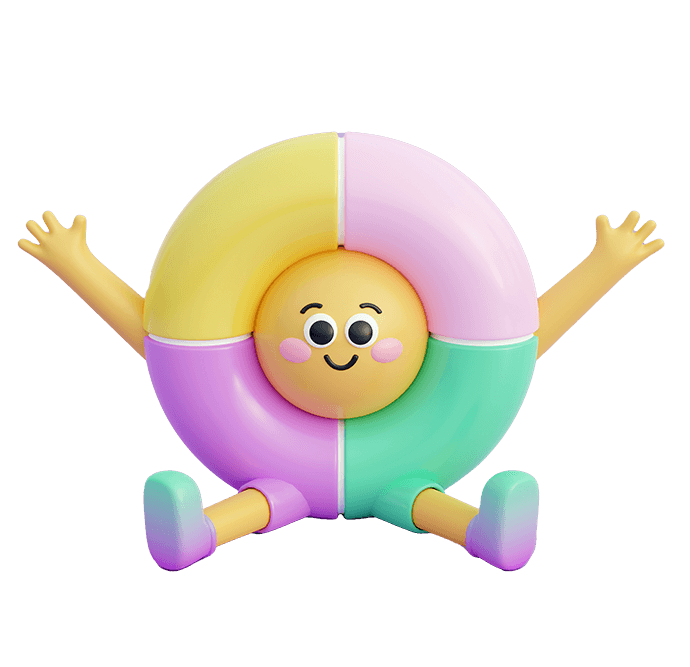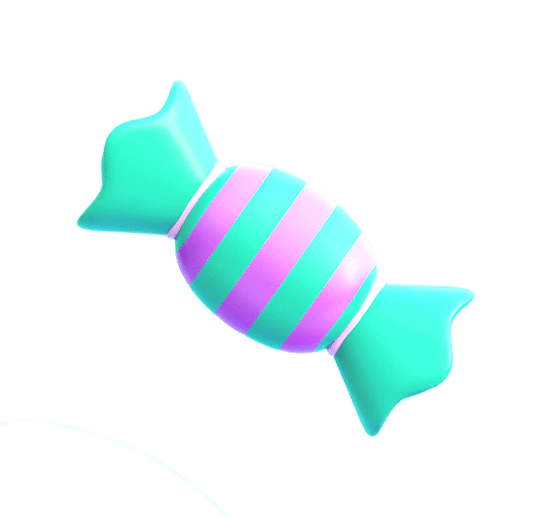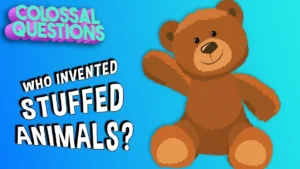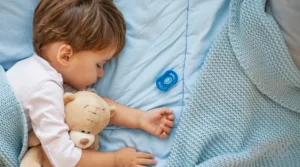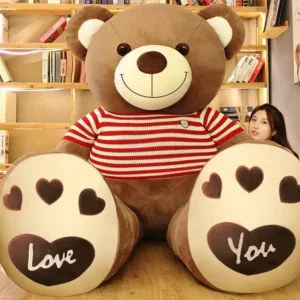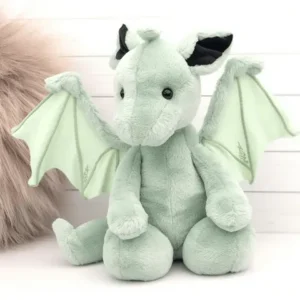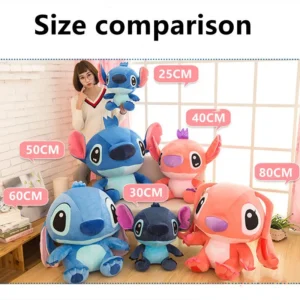Stuffed animals have a long and fascinating history, evolving from simple handmade comfort objects into globally cherished companions. Their invention reflects a blend of creativity, culture, and technological progress that shaped the plush toys we know today.
Originating centuries ago, stuffed animals were first crafted from soft fabrics and filled with natural materials like straw or cotton. Initially used to comfort children and teach about animals, they gradually evolved with industrial advances and cultural exchanges. Key inventors and major toy companies later popularized these plush toys worldwide, transforming their design and function.
This guide explores the full story behind the invention and development of stuffed animals, highlighting cultural roots, technological milestones, and industry pioneers.
1.What is the historical origin of stuffed animals and their early uses?
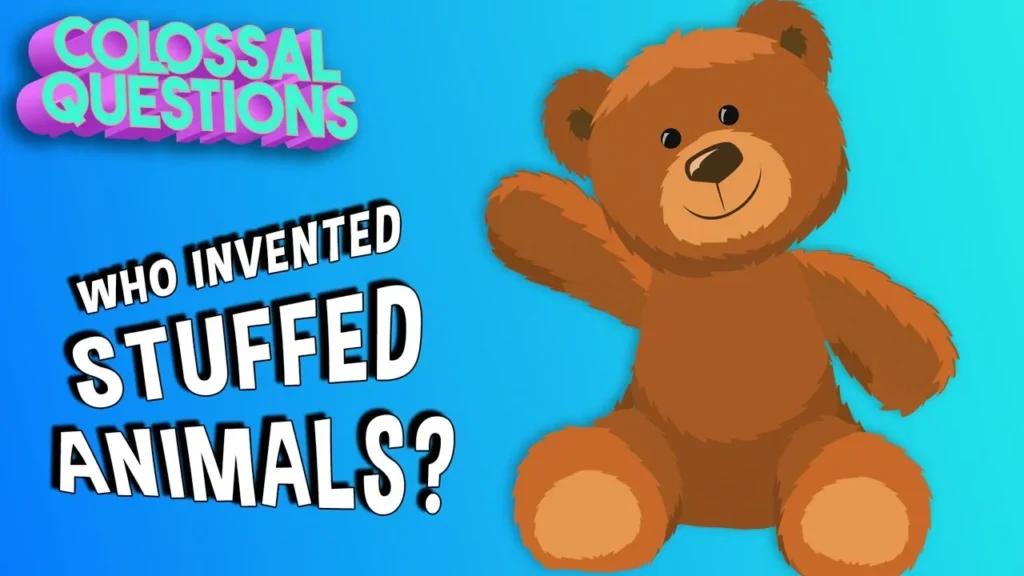
The earliest stuffed animals date back hundreds of years when families made simple fabric or leather toys filled with soft materials such as straw, wool, or cotton. These were handcrafted and often had symbolic or educational purposes.
Such early toys served as comforting companions for children and tools for teaching about animals and nature. In some cultures, they were also used as talismans or gifts to convey messages and values. This era was marked by artisanal craftsmanship and localized traditions.
For example, in 19th-century Europe, families sewed animal figures to soothe children or pass down folklore. Many were simple in form, focusing more on function than detailed appearance.
With the industrial revolution came mass textile production, enabling wider availability of soft fabrics. This led to more elaborate designs and set the stage for commercial stuffed toys in the early 20th century.
| Time Period | Characteristics | Typical Uses |
|---|---|---|
| Pre-19th Century | Handmade cloth or leather toys, natural fillings | Comfort, education, symbolism |
| 19th Century | Textile industry growth, soft fabric availability | Wider distribution, better design |
| Early 20th Century | Emergence of commercial plush toys | Children’s playthings and gifts |
Understanding these origins reveals the deep emotional and cultural significance stuffed animals have carried through time.
2.Which cultures contributed to the development of plush toys through history?
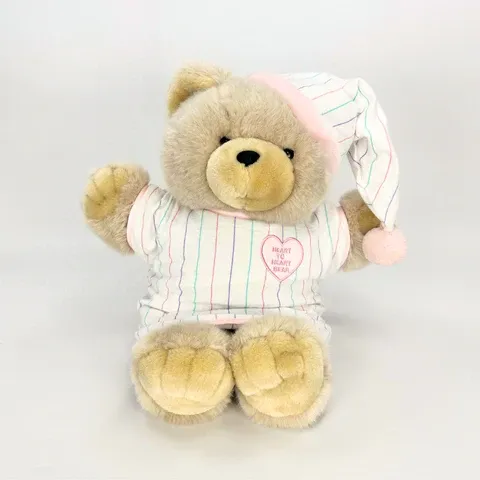
Stuffed animals are the product of diverse cultural influences, each bringing unique techniques, materials, and meanings to their creation.
European cultures contributed early fabric dolls and animal shapes often tied to storytelling and tradition. Asian artisans brought intricate sewing skills and use of fine textiles. Indigenous peoples infused symbolic meanings into soft animal representations, enriching the craft.
Germany and Austria were pioneers in plush toy making, famous for felt and wool animals. Japan contributed refined embroidery and the use of silk and cotton. Native American soft animal figures served ceremonial or educational roles.
Trade along the Silk Road and other routes facilitated exchange of textile knowledge and materials, blending cultural elements into modern plush toys.
| Culture/Region | Contribution | Influence on Plush Toy Development |
|---|---|---|
| Europe | Fabric animal toys, storytelling | Foundation for design and purpose |
| Asia | Fine sewing, diverse fabrics | Advanced craftsmanship and texture |
| Indigenous Americas | Symbolic animal figures | Cultural significance and meaning |
| Middle East | Textile innovation | New materials and dye techniques |
These rich cultural roots helped establish the plush toy as both a plaything and a cultural artifact.
3.How did technological advances influence the evolution of stuffed animal manufacturing?
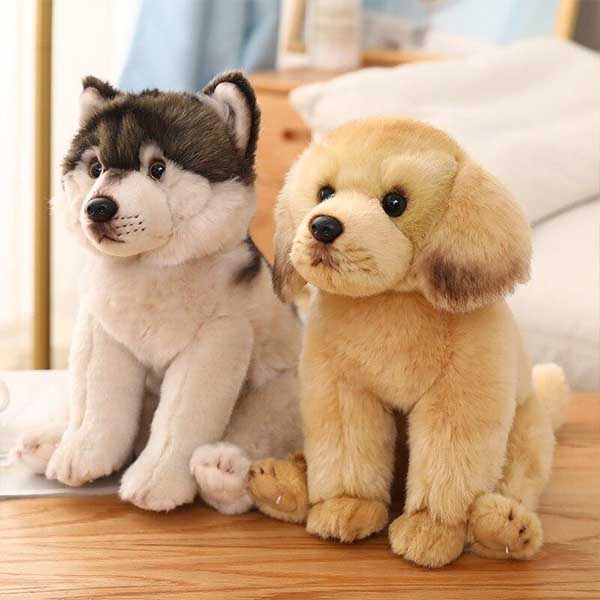
Technological innovations transformed stuffed animals from handcrafted items to mass-produced products accessible worldwide.
The invention of the sewing machine in the 19th century drastically increased production speed and consistency. Later, synthetic fabrics and automated stuffing machines improved durability, texture, and affordability. Digital design further enhanced precision and customization.
With mechanization, manufacturers could produce plush toys at scale while maintaining quality. Synthetic fibers like polyester replaced natural stuffing, offering softness, hypoallergenic properties, and washability.
Injection-molded plastic eyes and noses standardized features, while computerized cutting and sewing enabled intricate shapes and faster turnaround.
| Technological Advance | Impact on Manufacturing | Benefits for Plush Toy Industry |
|---|---|---|
| Sewing Machine | Increased production speed | Consistent quality, mass availability |
| Synthetic Fabrics | New textures and durability | Softer, hypoallergenic toys |
| Automated Stuffing | Uniform filling | Improved shape retention |
| Injection-Molded Parts | Safer, detailed features | Standardized, child-safe designs |
| Digital Design Tools | Precise patterns, faster prototyping | Expanded customization options |
These advances fueled the plush toy market’s rapid growth and product diversity.
4.Who were the key inventors and pioneers in the commercial production of stuffed animals?
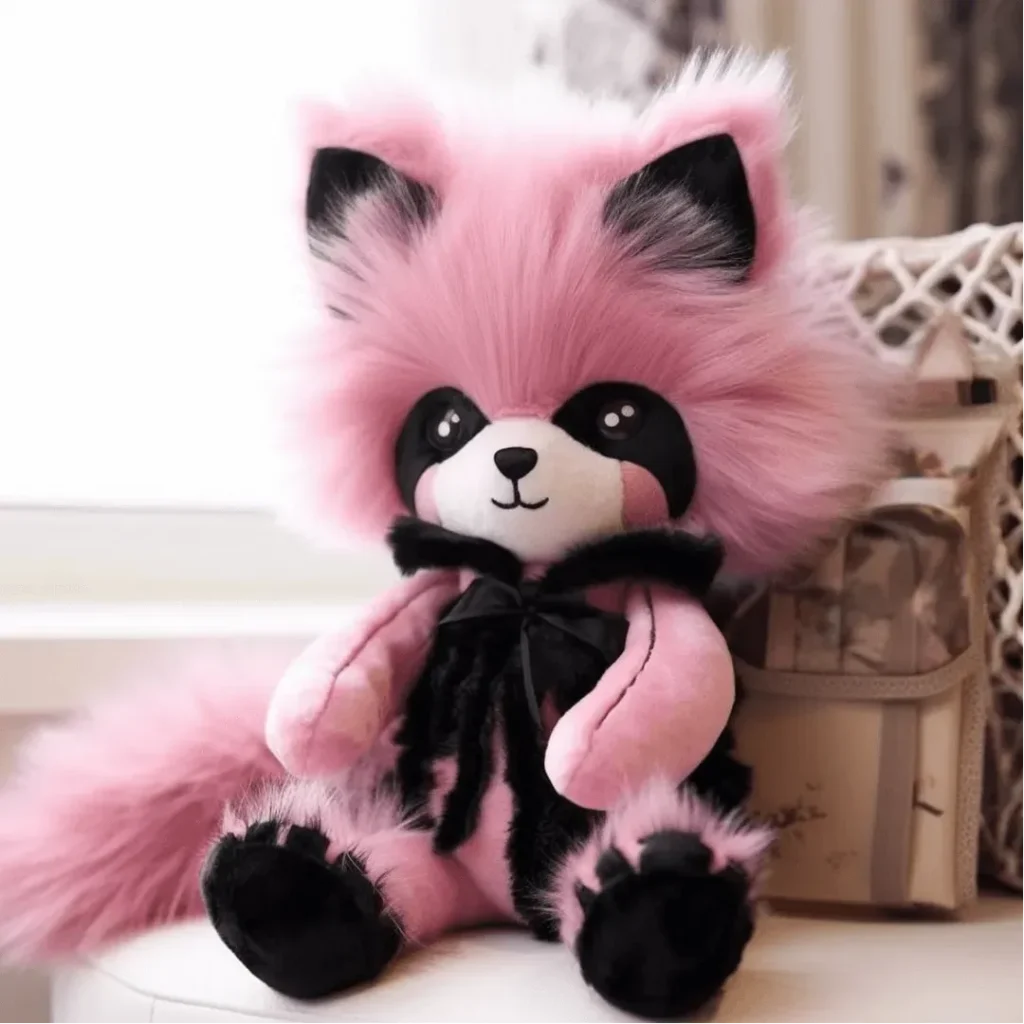
Several figures and companies were instrumental in popularizing stuffed animals commercially, elevating their status as iconic toys.
Morris Michtom, inspired by a bear-hunting story involving President Theodore Roosevelt, created the first “Teddy Bear” in 1902 in the United States. This invention sparked widespread demand for stuffed bears and similar toys.
Around the same time, Richard Steiff in Germany designed a plush bear with movable limbs, helping establish the Steiff company as a symbol of quality and collectible plush toys.
Other early companies, such as Ideal Toy and Merrythought, contributed by producing plush versions of popular characters and innovating manufacturing techniques.
| Inventor/Company | Contribution | Legacy |
|---|---|---|
| Morris Michtom | Created first Teddy Bear (1902) | Origin of popular plush bear market |
| Steiff Company | Introduced movable limb bears | Collector’s items and craftsmanship |
| Ideal Toy Company | Mass-produced character plush toys | Expanded market reach |
| Merrythought | Traditional British plush quality | Heritage craftsmanship |
These pioneers laid the groundwork for the plush toy’s global success.
5.How have stuffed animals transformed in design and function over time?
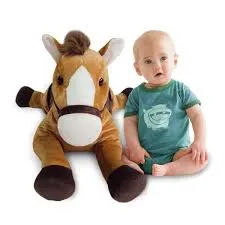
Stuffed animals evolved from simple soft toys into versatile products offering education, entertainment, emotional support, and collectibility.
Modern plush toys include licensed characters, interactive features such as sound or lights, and personalization options. Designs focus on safety, sensory appeal, and multifunctionality, reflecting changing consumer expectations.
New materials enable ultra-soft textures and durability. Electronics allow talking or responsive plushies that engage children. Custom embroidery and fabric choices provide emotional connection.
Plush toys also serve in therapeutic settings and promotional campaigns, diversifying their role beyond playthings.
| Era | Design and Function Innovations | Examples |
|---|---|---|
| Early 1900s | Basic comforting shapes | Traditional teddy bears |
| Mid-1900s | Mass production, licensed characters | Cartoon plush toys |
| Late 1900s | Sound, lights, interactive elements | Talking dolls |
| 2000s–Present | Customization, sensory and therapeutic use | Personalized and sensory plush |
This evolution showcases plush toys’ adaptability and enduring appeal.
6.What role did major toy companies play in popularizing stuffed animals worldwide?
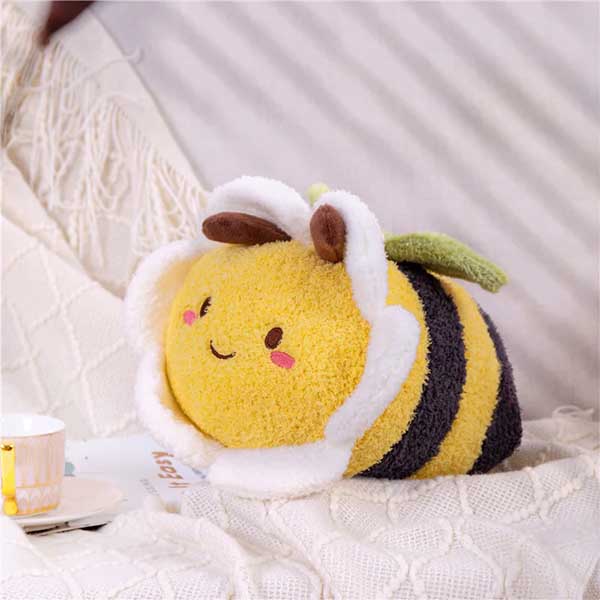
Major toy manufacturers expanded the plush toy market through branding, licensing, and innovative retail concepts.
Companies like Hasbro, Mattel, and Build-A-Bear Workshop popularized stuffed animals globally by linking them to famous characters and offering unique customer experiences, such as in-store customization.
Build-A-Bear’s retail model, allowing consumers to personalize plush toys, revolutionized the market by combining play and creativity. Hasbro’s Care Bears and Mattel’s branded plush products helped embed plush toys into popular culture.
Extensive marketing and international distribution networks helped plush toys reach millions of children worldwide.
| Company | Contribution | Market Impact |
|---|---|---|
| Build-A-Bear Workshop | Customizable plush retail experience | Personalized consumer engagement |
| Hasbro | Licensed plush toy lines | Broad character recognition |
| Mattel | Cross-category branded plush | Integrated marketing campaigns |
| Ty Inc. | Beanie Babies collectible craze | Collector market boom |
These companies transformed plush toys from simple dolls into cultural icons.
Conclusion
Stuffed animals were invented centuries ago, shaped by many cultures, and evolved through technological innovation and visionary pioneers. Major toy companies propelled them to worldwide fame, making plush toys beloved companions for all ages.
Next, if you have any needs for doll production, please contact [[email protected]] or visit [https://plushtoyinchina.com].

